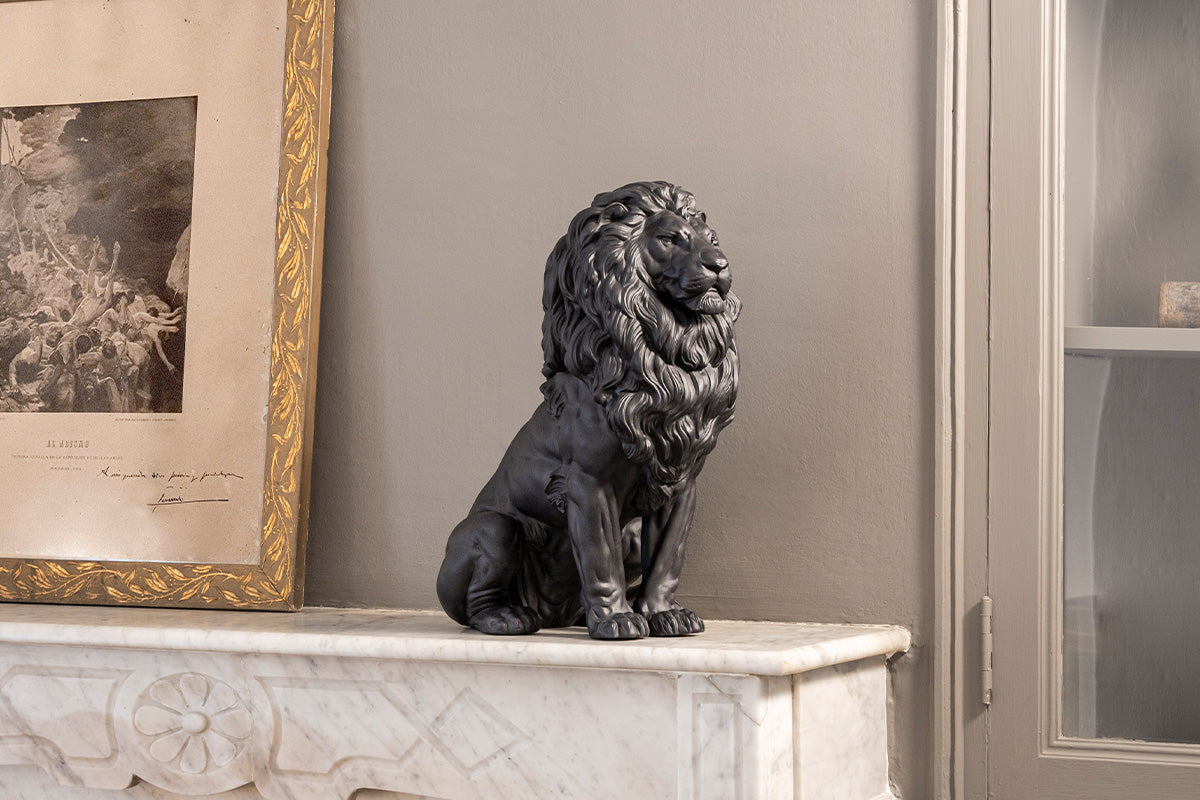How Lladró Celebrates the Intricate Folds Of Origami's Past
Tagged with:About Lladró, Culture & Civilisation
Share
Origami, that captivating Japanese craft of paper folding, has mesmerized and enthralled people worldwide for centuries. Beyond its sheer simplicity and mesmerizing aesthetics, origami hides a compelling history that stretches back through the sands of time. In this article, we embark on a journey, navigating the intricate folds of origami's history, from its modest beginnings to its meteoric rise as a global artistic sensation.
ORIGINS IN ANCIENT CHINA: THE ROLE OF PAPER
Origami, although now synonymous with Japan, traces its lineage back to ancient China, the birthplace of paper during the 2nd century BCE. In the East, paper's humble beginnings led to intricate creations, where folded paper took on roles as ceremonial offerings to deities, flaunting complexity and concealed symbolism.
Fast forward to the 6th century CE, when papermaking secrets crossed borders into Japan, carried by Buddhist monks returning from China. At first, paper was the medium of choice for religious texts and official documents. Yet, as the paper floodgates opened, it found its way into the creative hands of artists and visionaries.
Lladró’s origami panthers celebrate the artistry of Origami and its facets catch the light at different angles at different times of the day.
THE EMERGENCE OF ORIGAMI IN JAPAN
Origami, as we now recognize it, took shape during Japan's Edo period (17th to 19th centuries). This era witnessed the democratization of paper-folding amusement, with even samurai finding solace in origami's embrace. "Orikata," instructional tomes on the art, began to pop up, making origami accessible to all.
The paper crane, or "tsuru" in Japanese, emerged as one of origami's most iconic creations during the Edo period. Representing longevity and good fortune, it became the darling of origami artists. A pivotal moment arrived in 1797 with the publication of "Sembazuru Orikata" (Thousand Crane Folding), offering detailed blueprints for these graceful avian sculptures.
ORIGAMI, THE GLOBAL SENSATION
Lladró’s Origami Collection in porcelain are wear resistant (right).
The Meiji Restoration in the late 19th century marked a new epoch for Japan, characterized by modernization and Western influence. Origami mirrored this transformation by diversifying its subjects, embracing creatures, flora, and everyday objects. Beyond Japan's borders, origami's charm spread like wildfire, igniting imaginations worldwide.
The 20th century witnessed origami's international ascent, with trailblazers like Akira Yoshizawa pioneering standardized folding symbols and techniques. Yoshizawa's work laid the groundwork for contemporary origami, bridging the chasm between tradition and innovation.
Lladró’s Origami Collection takes it a step further by adding a permanence to Origami. The Spanish brand’s Origami Collection makes the three-dimensional origami sculptures in porcelain so its beauty can be enjoyed for a long time, as porcelain is wear resistant and easy to clean.
Today, origami is a global sensation, where artists push the boundaries of what a single sheet of paper can achieve. From intricate modular origami to dynamic three-dimensional sculptures, origami has transcended cultural confines to become a universal art form embraced by people from all walks of life.
Origami's enchantment continues to capture hearts and minds. As we explore and innovate within this ancient medium, we pay homage to traditions of the past while shaping origami's future. Its beauty lies not just in its folded forms but also in the narrative it weaves about human curiosity, imagination, and the unending quest for artistic expression.
If you enjoyed this article, do check out the following articles:







